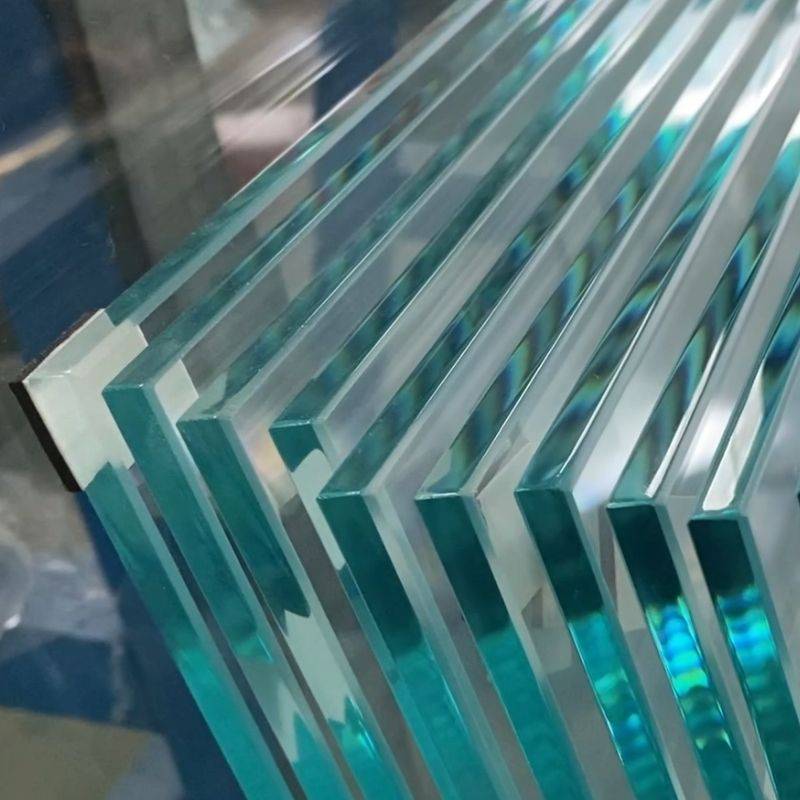

The Beauty and Utility of Clear Reflective Glass
In the realms of architecture and design, materials play a pivotal role in shaping the functionality and aesthetic appeal of structures. Among these materials, clear reflective glass stands out as a quintessential element that marries elegance with practicality. This versatile substance not only enhances the visual charm of buildings and interiors but also offers several functional benefits that make it a preferred choice for architects and designers alike.
Clear reflective glass is characterized by its unique ability to reflect light while allowing some degree of transparency. This dual functionality serves a variety of purposes in both residential and commercial applications. From towering skyscrapers that dominate city skylines to cozy homes that exude sophistication, reflective glass has become synonymous with modern architectural design.
One of the most compelling reasons for the widespread use of clear reflective glass is its aesthetic appeal. When sunlight hits the surface, it creates a stunning visual effect. The shimmering reflections of the surrounding environment create a dynamic interplay between the building and nature, often transforming the appearance of the structure throughout the day. This quality allows for a seamless integration with the environment, making it a popular choice for buildings situated in picturesque landscapes or urban settings.
Moreover, clear reflective glass is instrumental in energy efficiency. By reflecting excess sunlight, it helps regulate indoor temperatures, minimizing the reliance on artificial heating and cooling systems. This aspect is particularly beneficial in regions with extreme weather conditions, offering comfort to occupants while also contributing to a building's sustainability. The incorporation of energy-efficient reflective glass can significantly reduce energy costs and make structures more environmentally friendly, aligning with the growing emphasis on sustainable building practices.

In addition to its aesthetic and energy-efficient properties, clear reflective glass is also remarkably durable and low-maintenance. Modern manufacturing processes have improved the strength of glass, making it suitable for a variety of applications. It is resistant to scratches, pollutants, and weathering, which means that buildings clad in reflective glass can maintain their vibrancy and clarity over time. This longevity translates to reduced maintenance costs, as property owners do not need to frequently replace or repair their glass installations.
Security and privacy are additional considerations that clear reflective glass addresses. While it allows natural light to flood interiors, the reflective quality provides a degree of privacy during the day. This is particularly advantageous in urban environments where buildings are in close proximity to one another. Passersby may find it challenging to see into offices or homes, thus offering a sense of privacy without sacrificing the benefits of natural light.
The versatility of clear reflective glass extends beyond simple window installations. It can be utilized in a variety of design elements, including facades, partitions, railings, and furniture. This adaptability allows designers to create spaces that are not only functional but also visually captivating. For example, a reflective glass railing can provide safety while simultaneously creating an illusion of spaciousness in compact areas.
Despite its many advantages, there are certain considerations to keep in mind when using clear reflective glass. In certain environments, the reflective surface can cause glare for pedestrians or vehicles, making it essential for architects to mitigate this potential hazard through thoughtful design strategies. Additionally, the choice of clear reflective glass should take into account the surrounding landscape and the impact it may have on local wildlife, particularly birds, which may not perceive the glass as a barrier.
In conclusion, clear reflective glass is a remarkable material that embodies the intersection of beauty and functionality. Its shimmering surfaces not only enhance the aesthetic value of a building but also contribute to energy efficiency, durability, and privacy. As the architectural landscape continues to evolve, clear reflective glass will undoubtedly remain a staple, reflecting our aspirations for sustainable living and innovative design. With careful consideration and creative application, this versatile material will continue to shine brightly, transforming the way we experience and interact with our built environment.